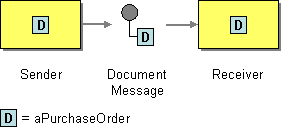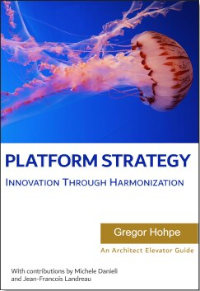An application would like to transfer data to another application. It could do so using File Transfer or Shared Database, but those approaches have shortcomings. The transfer might work better using Messaging.
How can messaging be used to transfer data between applications?

Use a Document Message to reliably transfer a data structure between applications.
Whereas a Command Message tells the receiver to invoke certain behavior, a Document Message just passes data and lets the receiver decide what, if anything, to do with the data. The data is a single unit of data, a single object or data structure which may decompose into smaller units.
Document Messages can seem very much like Event Messages; the main difference is a matter of timing and content. The important part of a Document Message is its content, the document. Successfully transferring the document is important; the timing of when it is sent and received is less important. Guaranteed Delivery may be a consideration; Message Expiration probably is not.
... Read the entire pattern in the book Enterprise Integration Patterns
Related patterns:
Command Message, Remote Procedure Invocation, Event Message, File Transfer, Guaranteed Delivery, Message, Message Expiration, Messaging, Point-to-Point Channel, Publish-Subscribe Channel, Request-Reply, Shared Database






